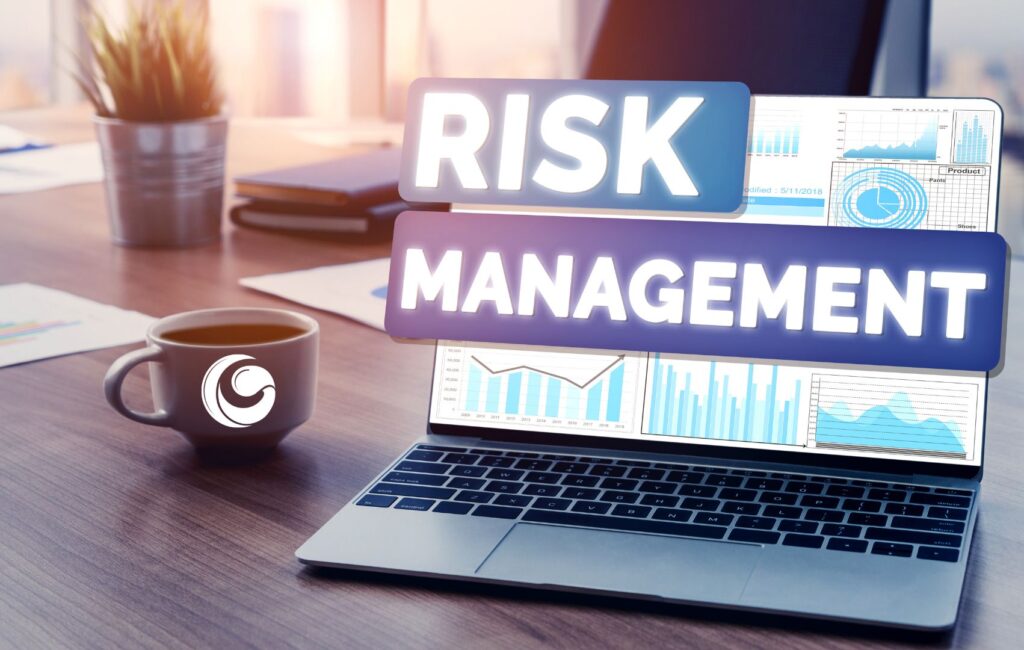Breakthrough or threat? Artificial intelligence (AI) is changing the way organisations identify, assess and manage risk. Whereas risk management was traditionally mostly reactive and manual, AI offers the ability to address risks proactively, accurately and scalably. But this technological revolution also brings new risks. How can organisations use AI responsibly while keeping a grip on their risk profile?
By cleverly deploying AI, organisations can not only improve their risk management processes, but also future-proof them.
The promise of AI: faster, smarter, more strategic
AI enables organisations to analyse vast amounts of data, recognise patterns and make predictions about future risks. Machine learning, predictive analytics and automation make it possible not only to detect risks, but also to simulate and prioritise them. This leads to faster decision-making, fewer human errors and a higher degree of control.
Applications are numerous: from fraud detection in the financial sector to predicting failures in production environments. AI also supports strategic decision-making through scenario analysis and real-time dashboards, allowing organisations to better anticipate changes in their environment.
The downside: AI also brings risks
At the same time, AI introduces new risks that should not be ignored:
- Ethical risks: AI models can make unintentionally discriminatory decisions if trained on biased data. Transparency and explainability are crucial.
- Privacy and data risks: AI requires large amounts of data, posing risks in terms of privacy, data breaches and AVG compliance.
- Operational risks: Errors in AI models or system failures can lead to wrong decisions or disruptions in business processes.
- Reputational risks: Unexpected or unethical outcomes of AI can lead to public outrage and damage to image.
AI as a tool for risk management
Ironically, AI is also ideally suited to help manage these risks. AI systems can:
- Identifying risks through anomaly detection and Natural Language Processing (NLP).
- Assess risks using predictive models that estimate probability and impact.
- Simulating and automating mitigation strategies.
- Provide real-time monitoring and reporting via dashboards and alerts.
By cleverly deploying AI, organisations can not only improve their risk management processes, but also future-proof them.
Preparation: from vision to implementation
Successful deployment of AI does not start with technology, but with strategy and control. Organisations must first ask themselves: Why do we want to deploy AI? What risks do we want to manage better? What processes can we improve?
A good start is half the battle, and start by setting up a robust AI framework:
- Clear AI vision and strategic objectives.
- Strong data governance and ethical guidelines.
- Investment in AI literacy and training.
- A phased approach with pilot projects and continuous evaluation.
Conclusion: AI as a strategic compass
AI is transforming risk management from a reactive function to a strategic compass. Organisations that integrate AI responsibly and thoughtfully strengthen their resilience, agility and competitiveness. The key to success lies in having a clear vision, clear governance and balanced collaboration between technology and people.






















